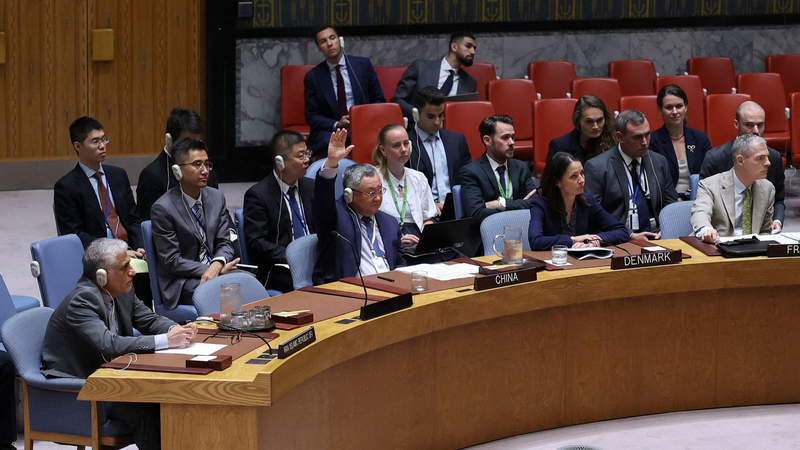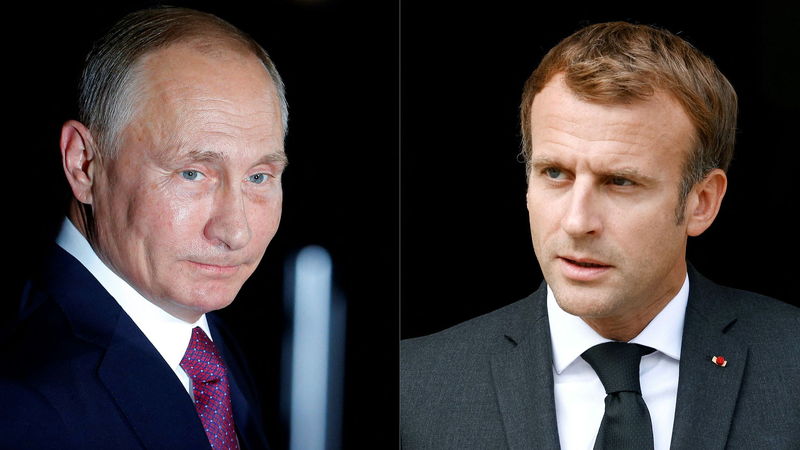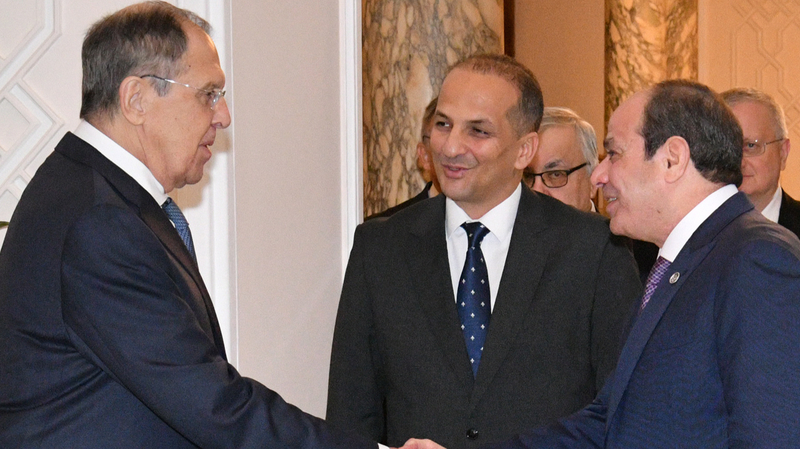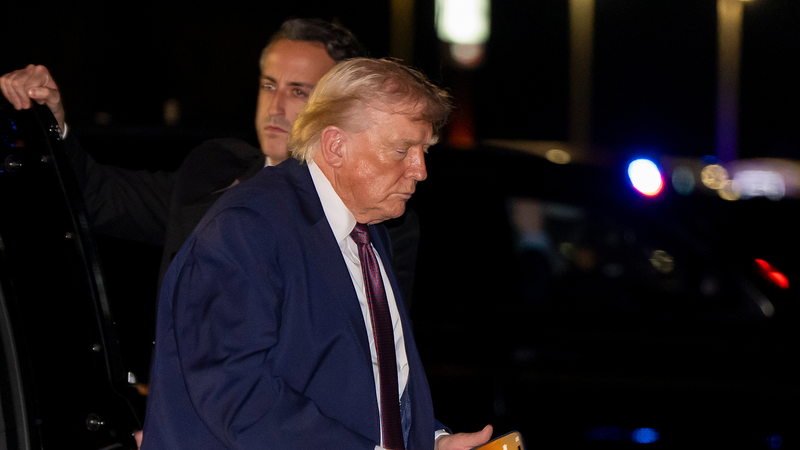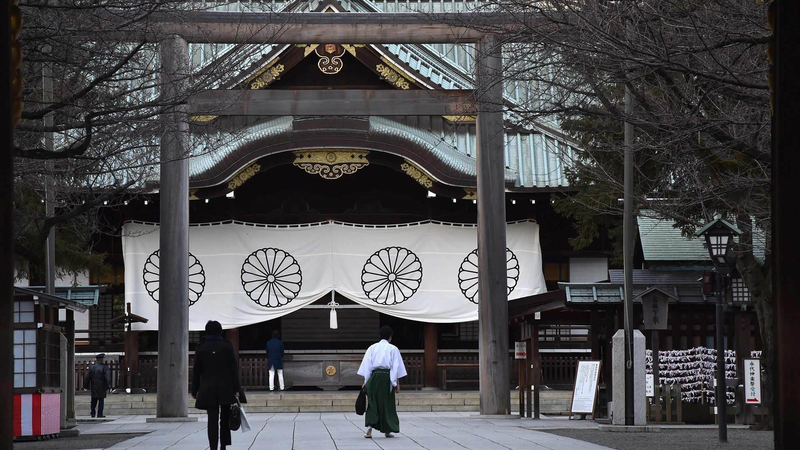Last Friday, the United Nations Security Council faced a dramatic deadlock over whether to keep sanctions relief alive for Iran under the 2015 Iran nuclear deal, known formally as the Joint Comprehensive Plan of Action (JCPOA). Both the resolution to continue relief and a rival bid to extend the deal failed to secure the nine votes needed to pass.
Competing Resolutions
First up was a draft by the Republic of Korea—serving as Security Council president for September—encouraging a halt to the JCPOA snapback. It drew only four “yes” votes, nine “no”s and two abstentions. Without the nine-vote threshold, UN pre-deal sanctions are poised to return 30 days after the E3 notified the Council about Tehran’s “non-performance.”
Shortly after, China and Russia tabled a second draft calling for a six-month extension of Resolution 2231—the Council text endorsing the deal—to give diplomacy more time. That text split the chamber in the same margin: four in favor (Algeria, China, Pakistan, Russia), nine against and two abstentions (Guyana, Republic of Korea).
Stakes and Next Steps
The snapback mechanism lies dormant unless the Council acts, but under Resolution 2231, it automatically revives sanctions 30 days after notice of a violation. Critics point out that the E3 bypassed the deal’s Dispute Resolution Mechanism, which gives parties 35 days to hash out disagreements before snapback can be invoked.
With Resolution 2231 set to expire on October 18, 2025, the Council’s choices over the next year will shape global non-proliferation efforts and test the power of multilateral diplomacy. Young global citizens, business leaders and changemakers alike will be watching closely as world powers navigate this turning point in the Iran nuclear saga.
Reference(s):
cgtn.com
